Everything You Need to Know About Marbofloxacin 150 mg Tablets:Dosage, Indications, Precautions
Marbofloxacin 150 mg Tablets is a veterinary-approved fluoroquinolone antibiotic (active ingredient: marbofloxacin), produced by Intas Pharmaceuticals. It is formulated as a film-coated tablet containing precisely 150 mg of marbofloxacin, intended for oral administration to dogs. Being a third-generation fluoroquinolone, it offers broad-spectrum bactericidal action against both Gram-negative and Gram-positive bacteria via inhibition of DNA gyrase and topoisomerase IV, essential for bacterial DNA replication and repair.
Its indications include:
- Urinary tract infections (UTIs)
- Dermal and soft tissue infections, encompassing conditions like skin pyoderma, localized abscesses, and infected wounds.
- Respiratory tract infections (e.g., pneumonia, bronchitis)
- Occasionally mastitis in breeding animals (off-label)
Veterinary prescription is required, and federal regulations forbid its use in livestock or food‑source animals. Dog is the labeled species for this medication, but it is sometimes used off-label by veterinarians in cats and other species when deemed appropriate.
Medical Uses & Applications
Marbofloxacin in Marbomet targets various bacterial infections. Detailed breakdown:
Urinary Tract Infections (UTIs)
- Highly effective due to excellent kidney and bladder tissue penetration, maintaining therapeutic levels in urine.
- Common pathogens: coli, Proteus, Enterobacter spp. MIC₉₀ (minimum inhibitory concentration to inhibit 90% of isolates) often at or below therapeutic plasma levels (e.g., ~0.5–4 µg/ml) .
- Treatment durations: generally 7–10 days, sometimes extending to 14 days in complicated or recurrent cases; short courses (5 days) may be sufficient in uncomplicated infections .
Skin and Soft Tissue Infections
- Suitable for superficial/intra-dermal pyodermas, abscesses, and infected wounds.
- Usual duration: 10–30 days depending on severity and depth of infection .
Respiratory Infections
- Treats bacterial bronchitis or pneumonia. Broad efficacy against Streptococcus, Pasteurella, Mycoplasma, and others.
- Once-daily dosing simplifies administration.
Mastitis (Extra‑label)
- In lactating dogs used off-label for bacterial mastitis; vets guide duration and doses ⸻ often similar to UTI regimens.
Other Infections (Off‑label)
- Occasionally used for feline TB, hemoplasmosis, and canine leishmaniasis, depending on pathogen susceptibility.
Proper Administration & Dosage Guidelines
-
Dosage Overview
- Standard dose: 2.75–5.5 mg/kg once daily (equivalent to 1.25–2.5 mg/lb).
- Typical range: 2–5 mg/kg once daily.
- Lower end (minimum effective): ~1.25 mg/lb (2.75 mg/kg) .
- Upper safe limit: Up to 2.5 mg/lb (5.5 mg/kg) daily.
This range allows flexibility based on infection severity, pathogen susceptibility, and individual tolerance.
-
Dosage
This table uses 50 mg tablets as building blocks. For 150 mg tablets (common in Marbomet), you can adjust fractions accordingly (for example, a 30 kg dog at 5 mg/kg = 150 mg = 1 tablet of 150 mg).
| Dog Weight | 2.75 mg/kg | 5 mg/kg | 5.5 mg/kg | Tablet Count (50 mg) |
| 5 kg | 13.75 mg | 25 mg | 27.5 mg | ¼ tablet / ½ tablet |
| 10 kg | 27.5 mg | 50 mg | 55 mg | ½ tablet / 1 tablet |
| 15 kg | 41.25 mg | 75 mg | 82.5 mg | ¾ tablet / 1½ tablets |
| 20 kg | 55 mg | 100 mg | 110 mg | 1 tablet / 2 tablets |
| 25 kg | 68.75 mg | 125 mg | 137.5 mg | 1¼ tablets / 2½ tablets |
| 30 kg | 82.5 mg | 150 mg | 165 mg | 1½ tablets / 3 tablets |
| 40 kg | 110 mg | 200 mg | 220 mg | 2 tablets / 4 tablets |
-
Administration Guidance
- Timing: Administer once daily, ideally on an empty stomach (≥1 h before or 2 h after feeding).
- Food interaction: If GI upset occurs, giving with a small meal is acceptable .
- Avoid: Dairy, calcium, iron, aluminum supplements or antacids near the time of dosing, as they impair absorption.
-
Duration of Therapy
- Skin & soft-tissue infections: Minimum 2–3 days beyond symptom resolution, up to 30 days max.
- Urinary tract infections (UTI): At least 10 days; reevaluate if no improvement after 5 days.
- Other infections: Duration tailored per vet; typically 5–14 days, possibly longer for deep/systemic infections.
-
Dose Adjustment & Monitoring
- Lack of clinical progress within five days warrants diagnostic reassessment and consideration of an alternative antibiotic.
- Adjust dosage/duration based on bacterial culture & sensitivity.
- Caution populations:
- Puppy/young dogs (<12–18 months): risk of cartilage/joint damage.
- CNS disorders: may lower seizure threshold—use with caution.
- Renal/hepatic impairment: monitor and consider dose reduction.
-
Practical Use Example
Example: 30 kg dog with skin infection.
- Dose: Choose 5 mg/kg → 150 mg/day (1 × 150 mg tablet).
- Schedule: Administer same time each day, empty stomach.
- Duration: At least 2–3 days beyond full symptom resolution; monitor for up to 30 days.
Pharmacokinetics & Pharmacodynamics
Absorption
- Oral bioavailability ~94–100% .
- Tmax: 1–2.5 hours post-.
- Cmax at 2 mg/kg: ~1.0–1.4 µg/ml; AUC0‑∞ approx. 13–14 µg·h/ml
Distribution
- Minimal binding to blood proteins (~9%) with extensive distribution into tissues; concentration in skin is roughly 1.6× that in plasma
- Reaches bladder, kidney, lungs, bone marrow — effective for systemic and localized infections.
Elimination
- Half-life in elimination phase: ~10–12 hours .
- ~40% excreted unchanged via urine; remainder via feces
Pharmacodynamics
- Effectiveness increases with peak concentrations, and the drug maintains bacterial inhibition beyond detectable blood levels due to a pronounced post-antibiotic effect.”
- Effective against Gram‑negatives (E. coli, Pseudomonas) and Gram‑positives (Staph, Strep) including β‑lactamase producers .
- MIC₉₀ data supports once-daily dosing efficacy at recommended levels
Safety Profile & Considerations
Age & Development Contraindications
- Use of fluoroquinolones in growing animals may lead to arthropathies and structural cartilage damage.
- Avoid <12 months in small/medium dogs; <18 months in giant breeds
- Cartilage changes and joint issues, including lameness, often reported in high doses/younger animals
Health Complications & Precautions
- CNS disorders (e.g., epilepsy): use cautiously—some fluoroquinolones can lower seizure thresholds .
- Avoid use in pregnant or lactating animals, as safety data is currently unavailable.
- Renal/hepatic impairment: caution advised as these can affect clearance; adjust dose or monitor accordingly.
Side Effects
- Common (≤10%):
- Vomiting, diarrhea, decreased appetite, lethargy, increased thirst
- Less common/serious:
- CNS excitation (tremors, seizures), behavioral changes, allergies (swelling, hives), photosensitivity, cartilage alterations in young dogs/cats .
- Gastrointestinal ulceration (rare) noted in cats at high doses .
Overdose Effects
- Can manifest as drooling, vomiting, diarrhea, dehydration, tremors.
- High doses in young animals have induced cartilage damage and joint symptoms .
- Emergency treatment advised—contact vet immediately.
Drug Interactions
- Chelators (Ca, Fe, Al supplements; antacids): reduce absorption significantly .
- Marbofloxacin should be used judiciously with cyclosporine, methotrexate, warfarin, theophylline, or zinc, as these combinations may necessitate regular monitoring.
Patient (Pet Owner) Information & Support
Prescription & Purchasing
- Available only with a veterinarian’s prescription. Follow dosing and advice exactly.
Administration Guidance
- Administer the correct calculated dose daily, ideally at consistent times.
- If dogs refuse tablets, try disguising in small meat/cheese bits.
Monitoring & When to Contact Vet
Owners should monitor:
- Appetite and energy levels
- GI symptoms: vomiting or soft stool
- Allergic signs: itchiness, swelling
- Joint discomfort or lameness (especially in young dogs)
- Behavioral changes: disorientation, seizures
Contact your veterinarian immediately if side effects emerge.
Compliance Tips
- Use pill boxes or dosing logs to track usage.
- Set reminders to ensure the full course is completed—DO NOT stop early, even if your dog appears better.
Research & Future Directions
Pharmacokinetics & Bioequivalence
- Studies in beagle dogs and others confirm high bioavailability (~100%), good tissue penetration, and acceptable elimination half-life (~10–22 hours depending on formulation, dosing).
- Comparative trials show Marbomet’s PK properties are consistent across brands and generic equivalents.
Safety Research
- Long-term dosage trials (13 weeks at up to 40 mg/kg) revealed minimal reproduction or toxicity issues, except minor cartilage changes in the highest dose
- Reports in juvenile large-breed dogs and cats suggest cartilage lesions but are often reversible and without long-term lameness .
Resistance and Stewardship
- Concentration-dependent killing with prolonged post-antibiotic effects helps reduce resistance risk .
- Regular microbiological monitoring (culture + sensitivity tests) is recommended to ensure effective use and stewardship.
Emerging Applications
- Research in combination therapies—marbofloxacin + anti-inflammatories or antifungals—for complex infections (e.g., otitis externa, prostatitis).
- Studies exploring lower-dose or pulse regimens in special populations (geriatrics, renal failure, pregnant dogs).
- Long-term cartilage impact, especially in growing breeds, remains under investigation to refine safety guidelines.
Comparisons within Fluoroquinolone Class
- Marbofloxacin is noted for its excellent tissue permeation, frequently matching or exceeding that of enrofloxacin and difloxacin, in addition to having reduced adverse effects and improved central nervous system tolerability.
Conclusion
Marbomet (marbofloxacin 150 mg) tablets offer a powerful, convenient once-daily antibiotic option for treating bacterial infections in canines—especially urinary, dermatologic, and respiratory cases. The optimal dosage typically falls between 2.75–5.5 mg/kg once daily, adjusted based on the dog’s weight, infection severity, and individual response. Dosing flexibility is possible using smaller tablet strengths or adjusted whole tablets; however, precise calculation and veterinary oversight are essential. Proper administration—ideally on an empty stomach and not with calcium, iron, or antacid supplements—ensures full therapeutic absorption. Monitoring the dog’s response is vital: if no improvement is observed within 5 days, dosages or even a different medication regimen may be warranted. Even minor adverse effects—such as gastrointestinal upset or decreased appetite—should prompt veterinary attention, especially in young, breeding-age, or health-compromised dogs.







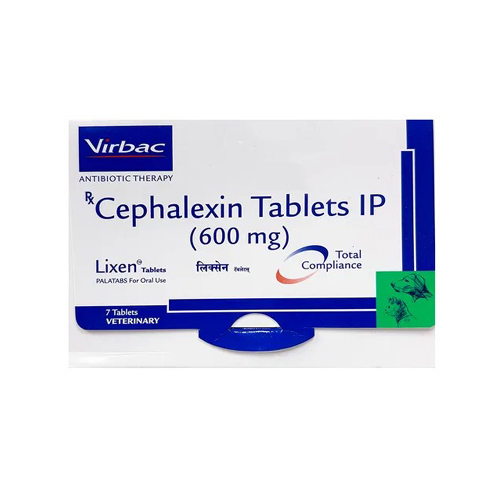
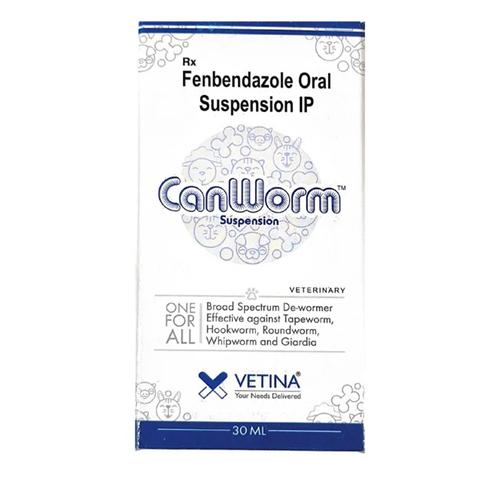



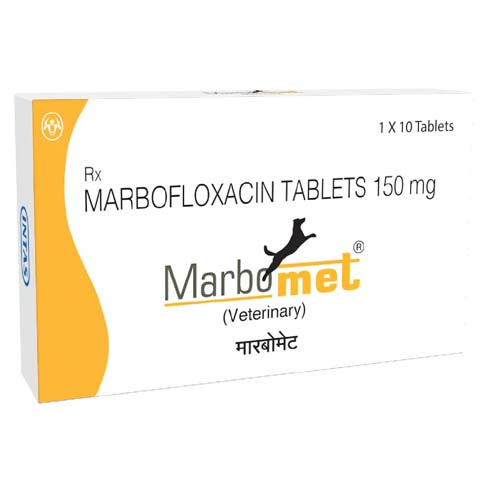
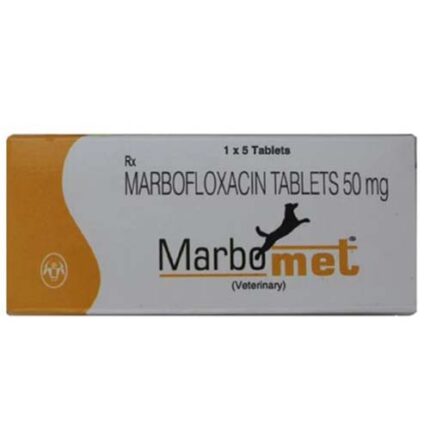
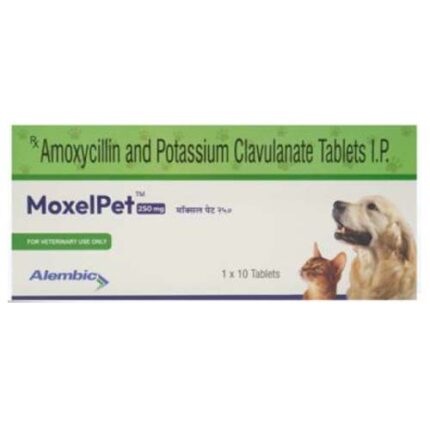
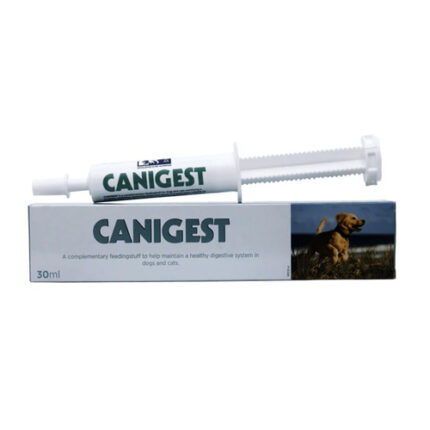
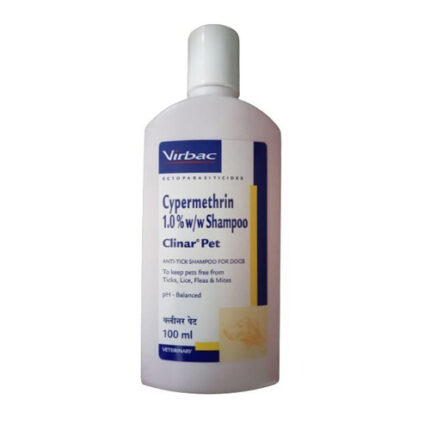

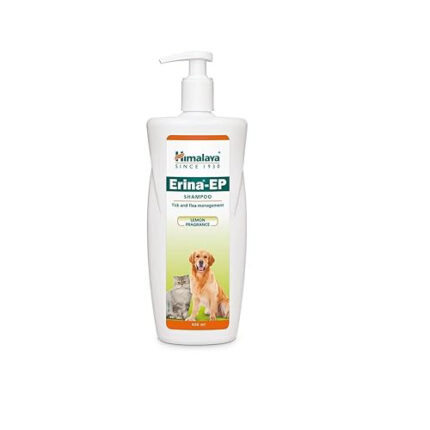
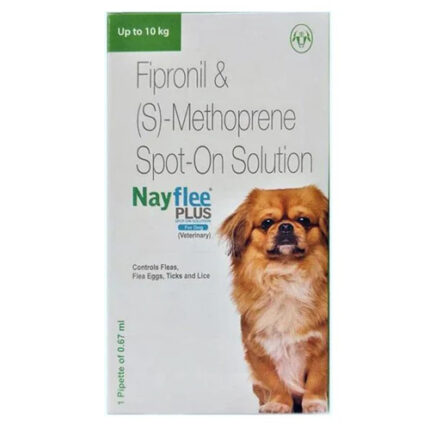
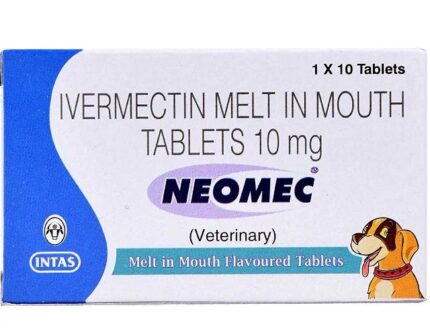
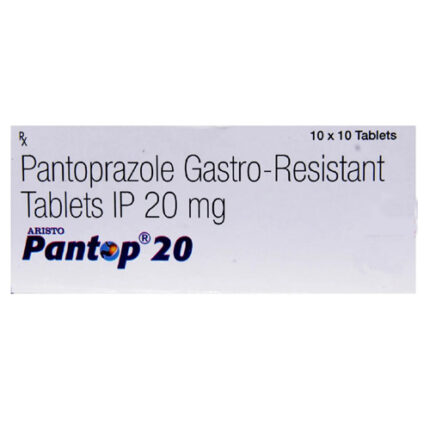
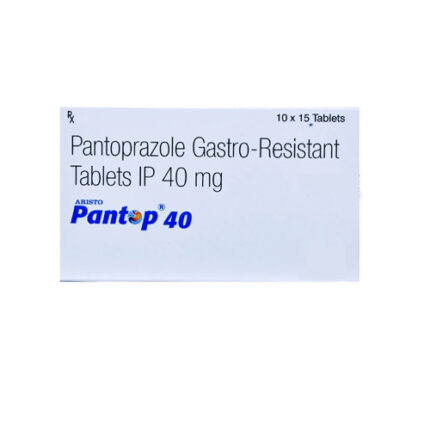
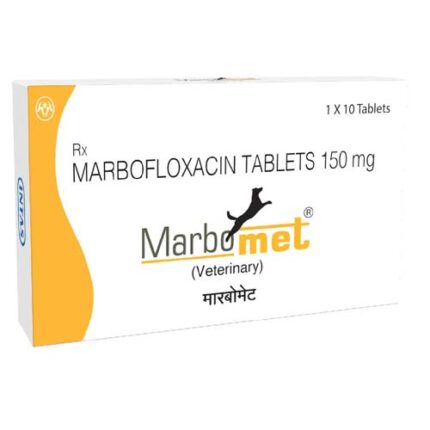
Reviews
There are no reviews yet.